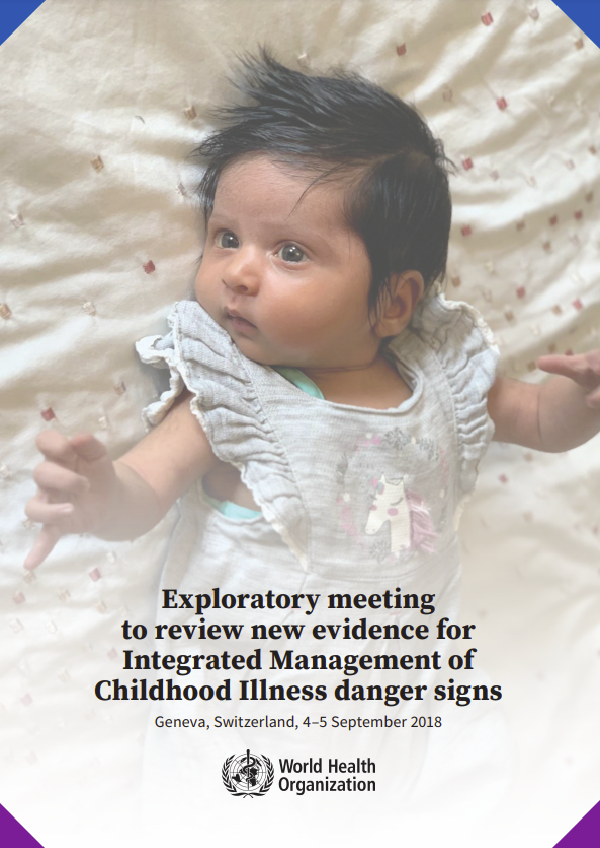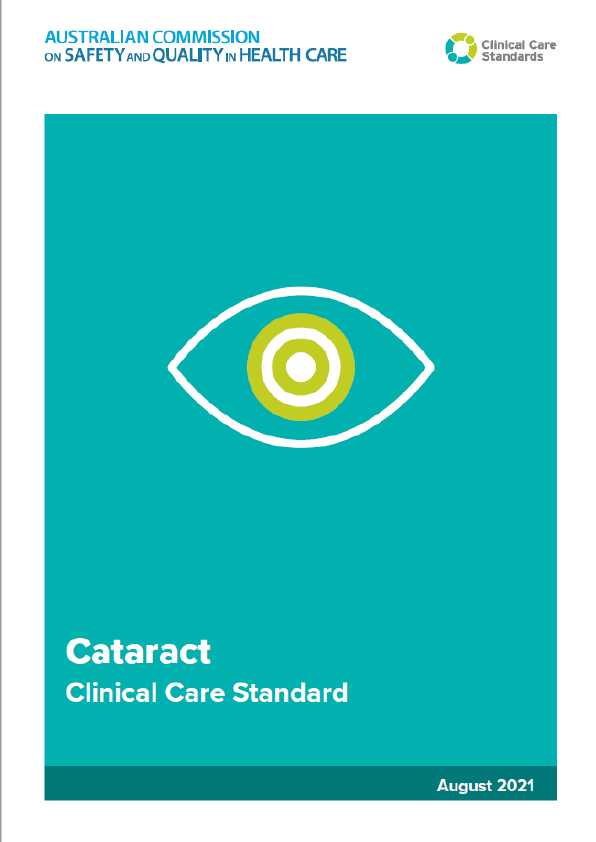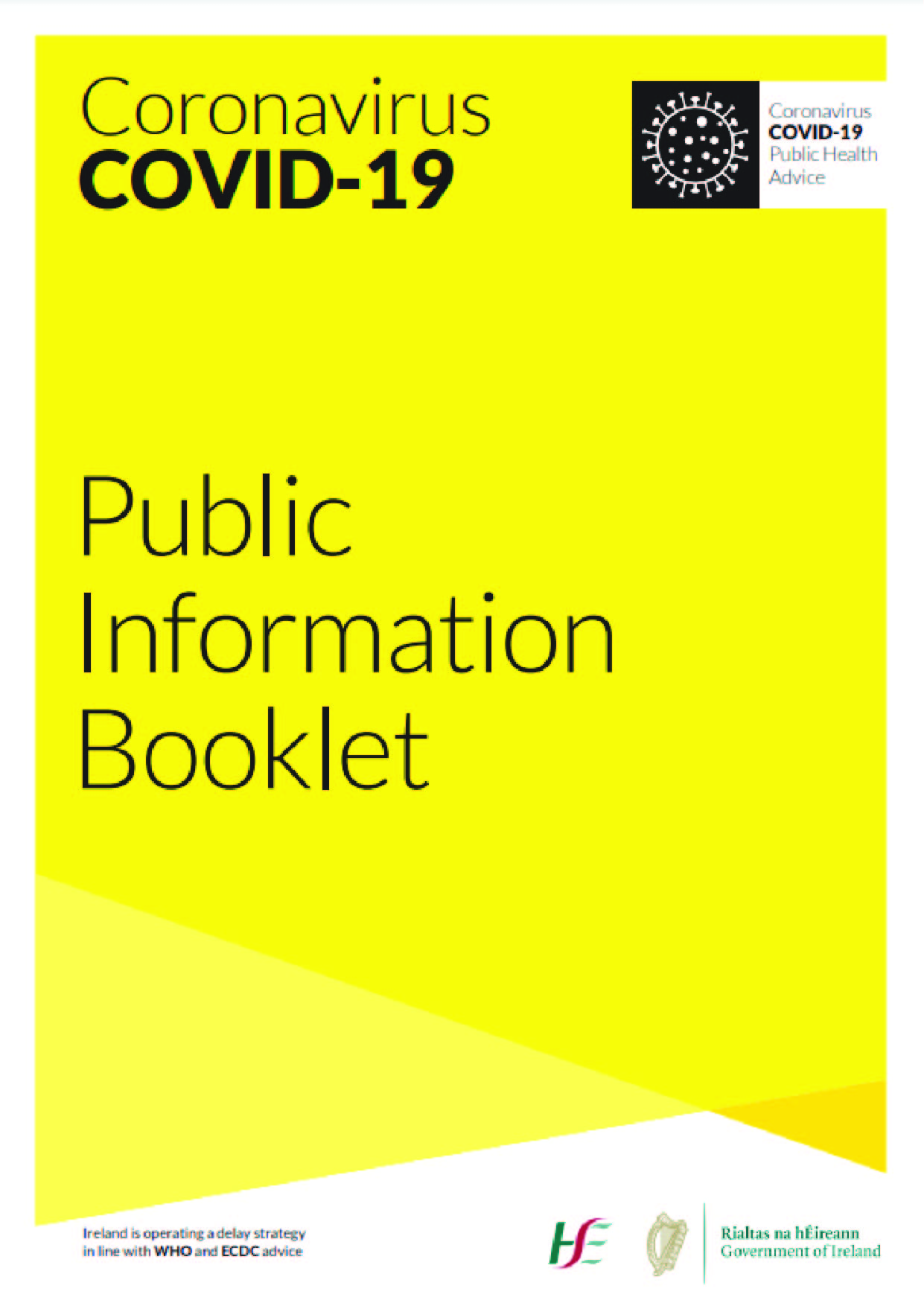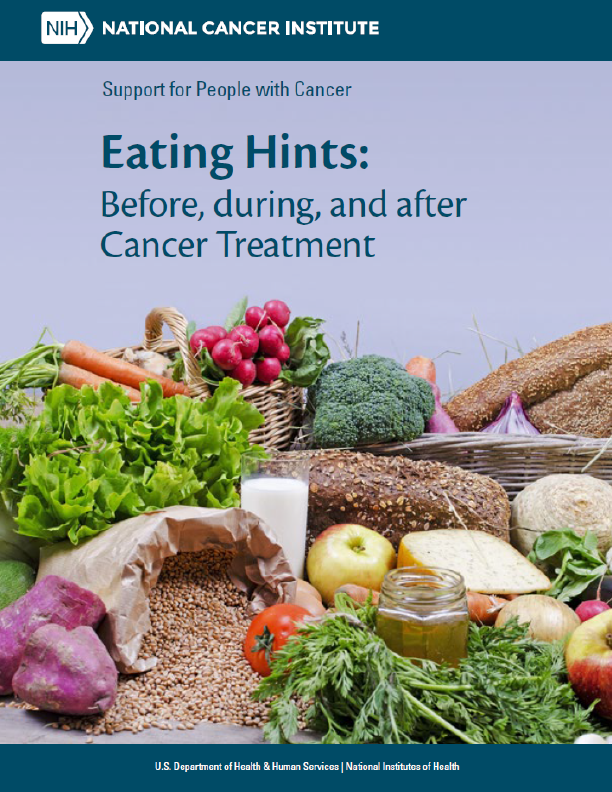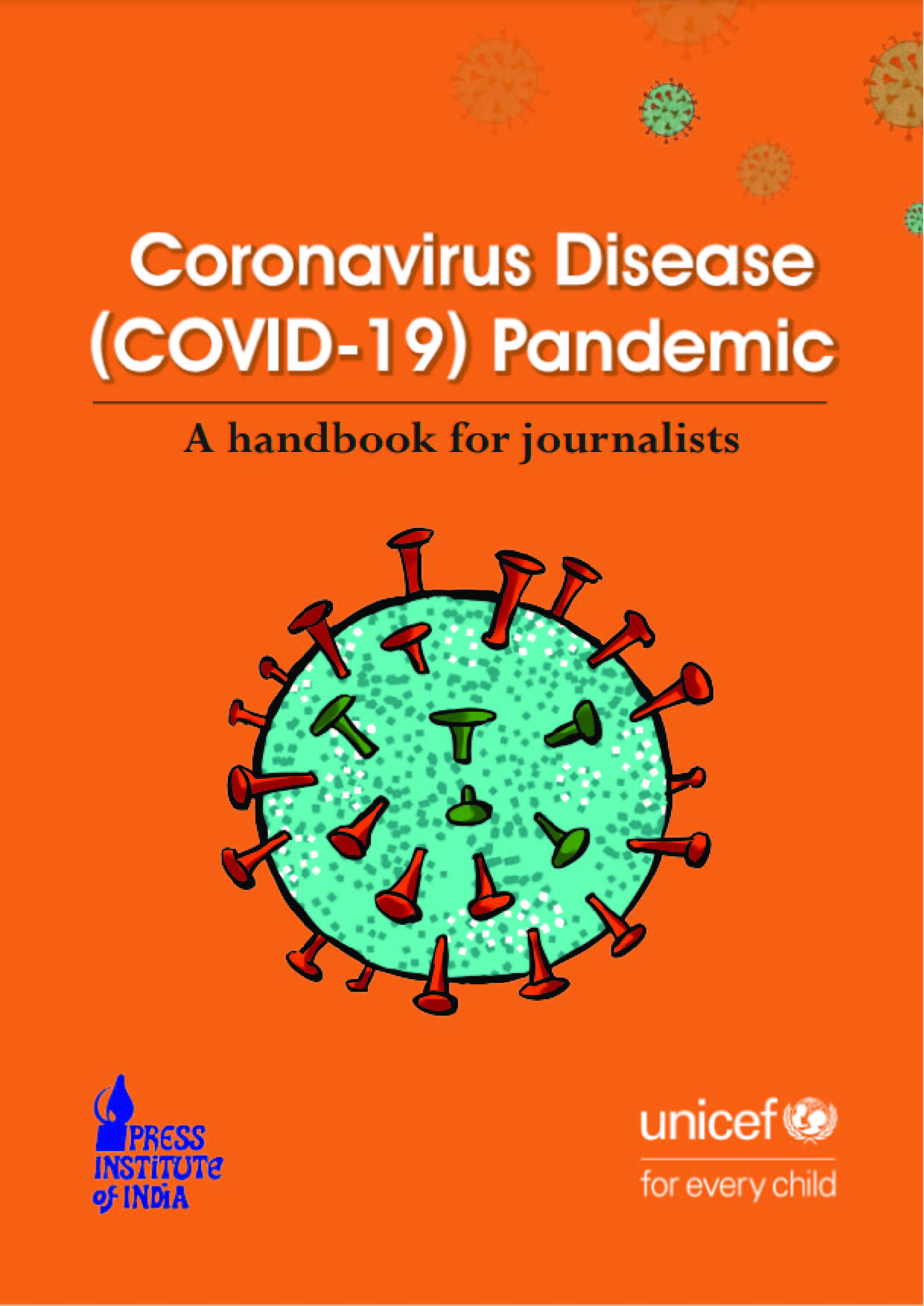For children up to 5 years of age with common childhood illnesses, WHO’s IMCI strategy recommends using clinical signs for diagnosis, treatment and place-oftreatment decisions. In order to increase access to pneumonia treatment, in 2014 WHO revised pneumonia management guidance within IMCI.
It now recommends that lower chest indrawing, which previously required hospitalization along with other referral clinical signs considered as danger signs for injectable antibiotics, be treated with oral amoxicillin on an outpatient basis in settings with low HIV prevalence. These danger signs include convulsions; unable to drink; unconscious or drowsy; vomiting everything; stiff neck; severe dehydration; stridor in a calm child; oedema on both feet; weight for height (WHZ) Z-score less than – 3 SD or mid-upper arm circumference (MUAC) less than 115 mm; severe palmar pallor; clouding of the cornea in a child with measles, and tender swelling behind the ear in a child with an ear problem.
However, a recent retrospective analysis of data from hospitalized children in Kenya showed that mortality was high among children with mild to moderate palmar pallor, WAZ less than – 3 SD and lower chest indrawing. This finding raised concerns that these children should be treated on an inpatient basis despite the revised guidelines. In order to evaluate the implications of this new evidence and other data and to identify questions for future research, a two-day exploratory meeting of pneumonia research experts, epidemiologists and child health specialists/paediatricians from a range of countries with varying resources was convened in Geneva, Switzerland, on 4–5 September 2018.
In order to evaluate the implications of this new evidence and other data and to identify questions for future research, a two-day exploratory meeting of pneumonia research experts, epidemiologists and child health specialists/ paediatricians from countries representing various levels of resources was held. The specific objectives of this meeting were to: i) review the evidence base on which chest indrawing was removed from the referral criteria; ii) review new evidence on risk factors for mortality in children with pneumonia; iii) review new evidence on the use of pulse oximetry for children with pneumonia; and iv) discuss implications of the new evidence on whether to initiate the process of revision of the current pneumonia management guidelines.
Data from both published and unpublished studies on risk factors for mortality and adverse outcomes were presented and critically reviewed by the experts. They concluded that there is a need for further evidence on four key questions: i) Should chest indrawing be reconsidered as a sign for referral to hospital?; ii) What are the risk factors for mortality in children with pneumonia?; iii) Where is the appropriate place of treatment for children with pneumonia who have other signs of illness?; and iv) Does use of pulse oximetry improve the outcome for children with pneumonia?
Background
For children up to 5 years of age with common childhood illnesses, WHO’s IMCI strategy recommends using clinical signs for diagnosis, treatment, and place-of-treatment decisions. In order to increase access to pneumonia treatment, in 2014 WHO revised pneumonia management guidance within IMCI. It now recommends that lower chest indrawing, which previously required hospitalization along with other referral clinical signs considered as danger signs for injectable antibiotics, be treated with oral amoxicillin on an outpatient basis in settings with low HIV prevalence. These danger signs include convulsions; unable to drink; unconscious or drowsy; vomiting everything; stiff neck; severe dehydration; stridor in a calm child; edema on both feet; weight for height (WHZ) Z-score less than – 3 SD or mid-upper arm circumference (MUAC) less than 115 mm; severe palmar pallor; clouding of the cornea in a child with measles, and tender swelling behind the ear in a child with an ear problem.
However, a recent retrospective analysis of data from hospitalized children in Kenya showed that mortality was high among children with mild to moderate palmar pallor, WAZ less than – 3 SD and lower chest indrawing. This finding raised concerns that these children should be treated on an inpatient basis despite the revised guidelines. In order to evaluate the implications of this new evidence and other data and to identify questions for future research, a two-day exploratory meeting of pneumonia research experts, epidemiologists and child health specialists/paediatricians from a range of countries with varying resources was convened in Geneva, Switzerland, on 4–5 September 2018. See Annex 1 for the agenda of the meeting, and Annex 2 for the list of participants.
